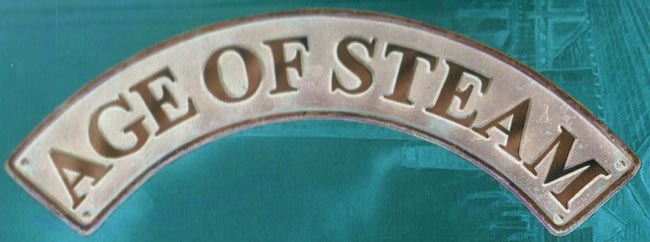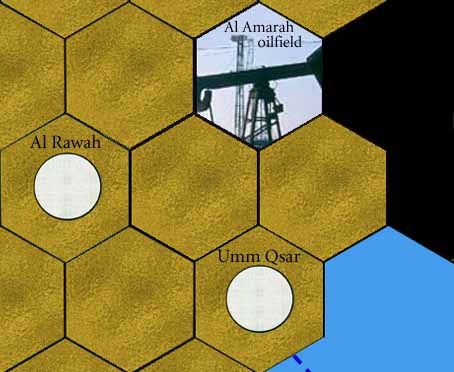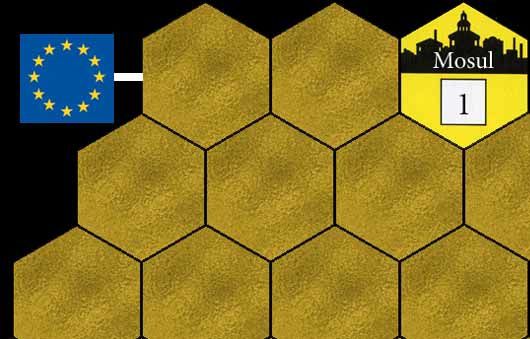After one dozen games of my new Egypt expansion, some elements can be fixed up.
First i thought that two pyramids of 14 cubes was too many goods on the board for a setting phase. If you add 12 cities with 2 cubes , there will be more than 28+24 = 52!! cubes at the beginning of the game.
But in fact, because of the Nile floods, only one pyramid and only the cubes on the top (a kind of NYC subway idea...) can be transported. One city is flooding each turn, two more cubes that can not be transported....
When there is still left one cube on the second level of the pyramid, it is dangerous to transport the last cube, because next player will have 9 cubes to transport. It is even more important if you imagine that it can occur at the end of the game. Only one yellow city in the Nile delta that is very difficult to link because always bordered by flood hexes. We fixe the price of the Suez Canal at $8 to link a rainbow city....
The Nile idea is a very good idea, not only because it is mine, but also because it adds plenty of different strategies. If you first build on one side of the Nile, we will never have problem with crossing the water, so you don't have to try to have the felluca action, and your development in the game is easy to plan. But at the end of the game, (the last 3 turn usually), the lack of goods, and the very dense network in the center of the board will oblig you to cross the Nile or if it is always possible to link the second pyramid. It seems to be fundamental to link one pyramid. If you first build on two sides of the nile, it will be very expensive.
Engineer will be very usefull , and you should build 4 hexes at each time you get this action (at half cost , remember...)
The price difference between the desert $3 and all plain hexes that border the nile is also very intersting and if you think that $3 is not very expensive, you can trust me, on this map 3$ is very very expensive. 15 shares occur very often for our very experimented group, and 1 or 2 players usually move down during the 5 first turns!!! We probably neglige the power of the felluca action that can collect $1 per blue disc if one player cross flooding hexes...
I think that moon fans wouldn't be so much surprise by this new map. Mecanism is different, but the map is swich into two parts by the Nile. If you want to cross, engineer for the building phase and felluca for the delivery phase should be a good choice. And if you could get the locomotive.. arffffff, we can only choose one action...
Future Nyc subway fans will recognize with the stack of cubes this time what is waking up myself each night..... stacking cubes with order ;-)))))
I hope to play more often in Egypt and relat one future session report..










